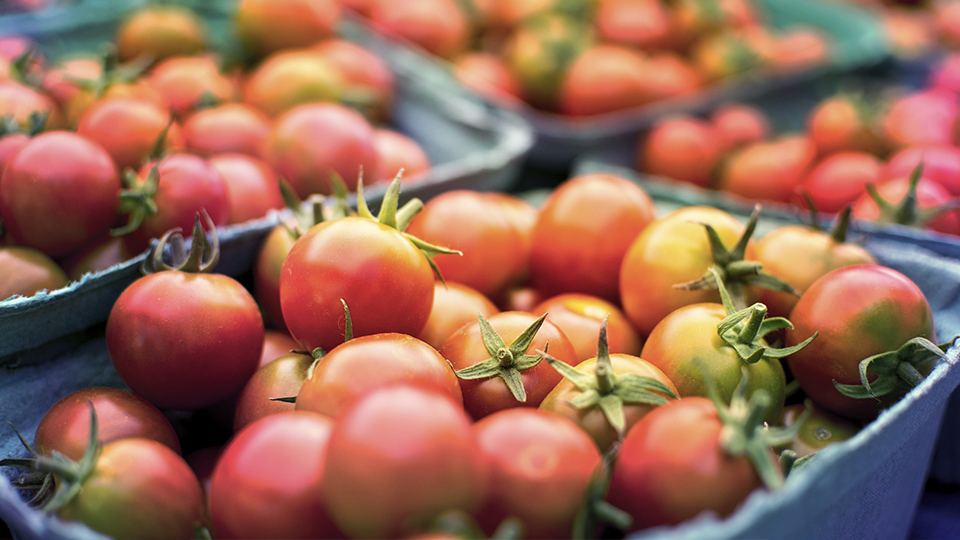Indiana students win national tech challenge with app to fight food insecurity
Subscriber Benefit
As a subscriber you can listen to articles at work, in the car, or while you work out. Subscribe Now
A group of students from the Indiana Digital Learning School has taken the top prize in the national SuitUp Take on Tech challenge.
The competition tasked student teams with designing an app or device that would address an issue in their respective communities. The INDLS team came up with Food Haven, a concept app designed to connect restaurants, grocery stores and other businesses with food banks and homeless shelters to mitigate food waste.
Prab Jayachandran, a sophomore at INDLS, told Inside INdiana Business he had the idea to find a way to fight food insecurity even before the competition.
“I’ve seen parts of the world where food insecurity is a huge issue, and the fact that here, we’re wasting a lot of food,” Jayachandran said. “It just kind of hurts that this food insecurity problem can be easily solved by just not wasting food that we already have. So, because of this competition, I thought it’d be a good outlet to discuss the issue with other people, discuss how an app might be able to solve this, talk more about the app, how it works, how many lives you can impact.”
The Indiana Digital Learning School is an online K-12 school that is part of the Union School Corporation in the Randolph County town of Modoc, located about 70 miles east of Indianapolis.
The students had just one hour to come up with an idea for the app, create a basic design and marketing plan, and show how the app would impact people in their community.
Jayachandran said purpose of Food Haven is to take food from where it might be wasted and get it to a place where it could be consumed. For example, if a grocery store had 20 pounds of tomatoes that would soon be going to waste, the store could post on the app that the tomatoes were available, and a volunteer from a food bank or homeless shelter could claim that food.
He said what makes the app special is that anyone in the community can volunteer to transport the food.
“A patron of Meijer, let’s say, can go on our app, see that food has to be delivered from Meijer to let’s say, the Zionsville food shelter, and they can hit accept,” he said. “So at that certain time, they can go pick up the food, and deliver it to the food shelter. Anyone can do the delivering, and the app just helps to get it from point A to point B as fast as possible.”
Lauren Reilly, executive director of SuitUp, the New York-based career readiness organization that hosted the competition, said the judges were impressed by Food Haven because it was presented as a movement instead of just a solution.
“We also loved the intersectionality of addressing two problems–food waste and food insecurity. But what truly set this team apart from the others was that they ‘suited up,'” Reilly said. “Suiting up isn’t about the clothes you wear; it’s the professional persona you put on. This team confidently walked us through strong financials and KPIs, presented their designs and marketing strategies cohesively.”
Gina Oakley, career readiness coordinator at INDLS, helped organize the team for the challenge and said she is proud of how the students came together.
“The team had one hour to plan, create the slides, talk about who’s presenting and who’s saying what and Prab did a great job of taking kind of leadership and ownership of it,” Oakley said. “The team worked together and came up with this great idea, and just watching then work together that way and come up with such a realistic and possible idea, it was amazing.”
While the challenge was only to create an idea for an app, Jayachandran said he is already working to fully develop the app, and is currently continuing the design phase and figuring out how to implement certain features.
“Because this is a location based app, and implementing the location structures, and all the outside API’s and Google Maps resources that have to be integrated into the app, it does take a while to do all this planning,” he said.
Jayachandran, expects the design phase to take up to two months to complete before starting the difficult coding process, which could take up to six months.
